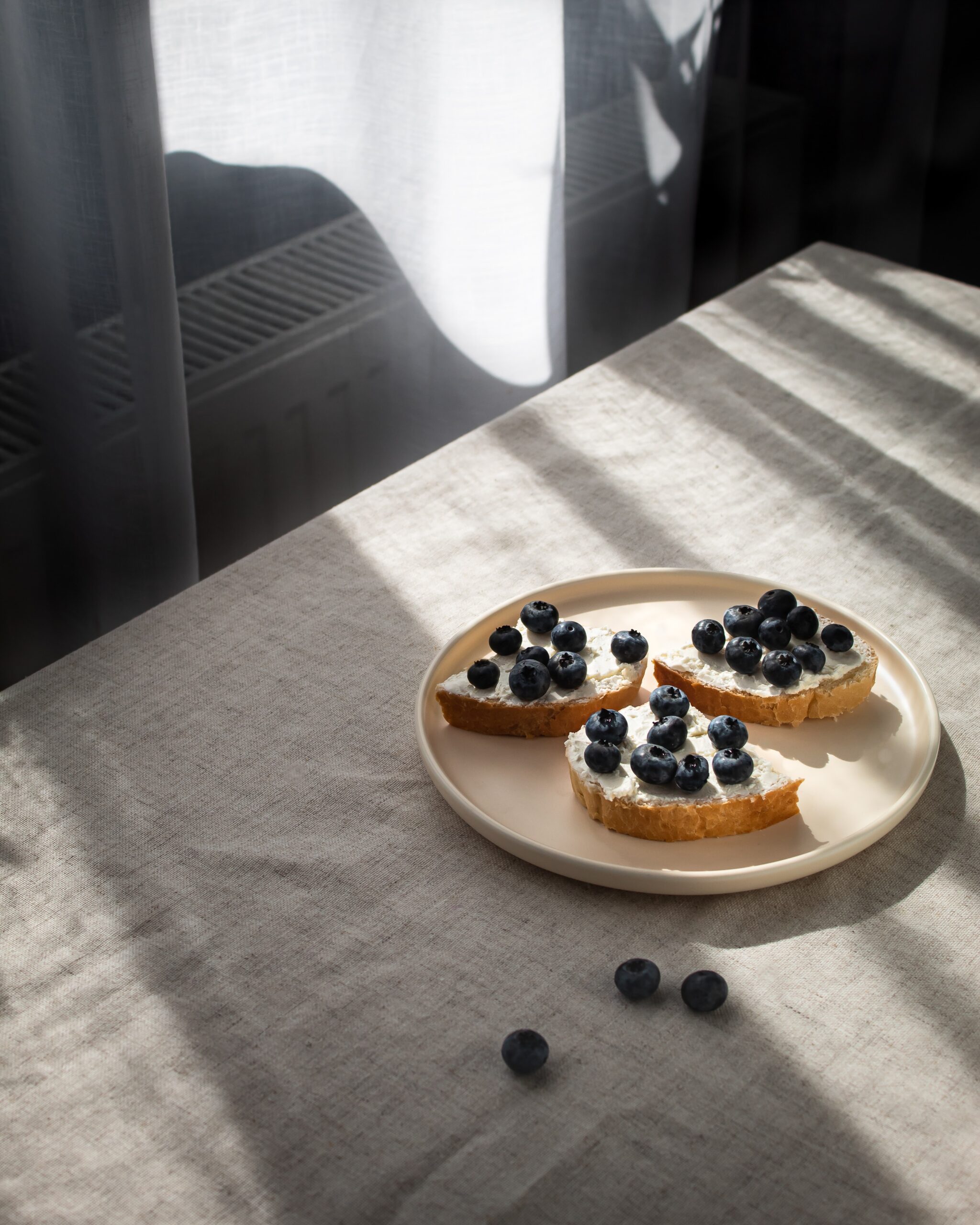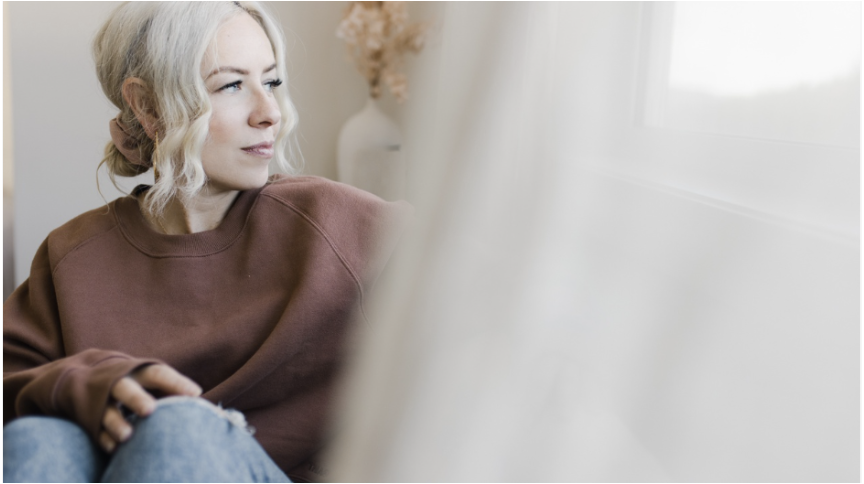Two years ago I discovered a concept called slow living and it changed my life forever.
I was so overly stressed and burnt out that I couldn’t even function. I needed to take half of December off. In my last meeting of the year, I couldn’t form words properly and I was slurring them as if I was drunk but I hadn’t had a drop.
I didn’t take those two weeks off because I wanted to, I took them off because I had to.
But I said there was no way I was going to function like that again. It was completely out of the question. It was an awful way to feel.
Now I already knew that I felt stressed more easily and intensely than most people according to my doctor (well isn’t that great). But I was also a people-pleasing perfectionist.
I needed to find a better way to do things. I needed to make money, to keep my business running and to contribute to the household so I couldn’t really pull back on my work but something had to give.
I tried to find more “effective” ways of working so I could still get things done without spending so many hours and overdoing it. But I just couldn’t make anything work.
Then I stumbled across something called ‘slow living’ on an Instagram account I followed.
At first, I thought it was total garbage. Like “Thanks but I need to work quicker, not slower” but as I started reading more and more the concept intrigued me.
It wasn’t about every part of your day necessarily being slower or just doing everything slowly it was about doing things mindfully and intentionally. It was about being in the moment and being present with what you are doing.
It was about finding the little moments where you could slow down.
Taking 5 minutes with your coffee to look outside your window at the mountain view. Taking a minute or two to sit in front of the fireplace and take some deep breaths. Putting down the phone and watching your child create something with crayons. The way they focus and get excited to show you when they’re finished.
I figured, even a busy person like me, could find a couple of minutes in my day.
Once I started it, it changed everything.
I went from skeptic to slow livings biggest advocate.
If you have ever felt stressed or burned out like me then listen up! Slow living isn’t just a way for you to be lazy or an excuse to not get things done. I wanted a solution of still getting things done minus the intense hustle way that I had been.
Why is slow living the best way to finish off the year stress-free?

Slow living is a great strategy to implement both when you’re stressed and when you’re not. It’s preventative and reactive.
There aren’t many strategies like that.
Have you ever found when you’re stressed you try some de-stressing strategies and don’t feel any less stressed because it’s still there? Or you’re feeling anxious/scared and you go to implement the strategies you were told but it actually just amps you up more?
That was what I found too.
When I had just been in a car accident and was having panic attacks in the car my therapist told me to use EFT (Emotional Freedom Technique) while I was driving to help calm me down. But I ended up just associating EFT with feeling anxious and panicking so it eventually just brought on the panic.
But Slow Living is literally just stopping.
Stopping yourself in your tracks. You feel yourself going off the deep end so you force yourself just to stop.
You’re stressing about a deadline and it’s 9pm at night and you’ve been working all day. Stop for a minute, go get a cup of water and take some slow sips of it before heading back to finish up.
But it’s also a preventative strategy.
One of my favourite practices is having a slow breakfast (yes, this does take longer than a minute or two. If you have time I highly recommend it). I set myself by the sliding glass door of my house, wrap myself in a nice blanket, get cozy, observe what’s going on outside, no screen and just eat my breakfast slowly and mindfully.
Before taking another bite you take time to smell it, you chew for a little bit longer and ask yourself what it tastes like, observe it and see what it looks like (is it round, square, bumpy, textured, small, big, etc.).
There are some great things you can add into your morning or evening routines to regularly use slow living for self-care but you can also do it throughout your day; stressed or not stressed.
Sometimes as a check-in, once I sit down at my desk after lunch, I’ll do a quick 5-minute meditation, a mid-day check-in.
Periodically throughout the day, I’ll stand up and just go take a minute to look outside my window. The cars that are at the intersection, the people walking the streets, the seagulls and crows flying around landing on the big tree outside the window.
Honestly, the biggest reason why slow living is your ticket to getting through the rest of the year stress-free is that it’s simple.
It can take as long or as little as you like. I like taking half an hour or so for my slow breakfast which honestly is about how long or shorter I was taking before but I was watching TV and getting distracted. Instead, with slow breakfasts, I am so focused on my meal and what I’m doing that I end up being more efficient.
But you can also take just a minute to take a deep breath or 5 minutes to do a couple of stretches. You can take a 30-minute unplugged walk through the park or other nature area.
It’s something that’s entirely your own. Every person who does it does it differently, uniquely. It can be adapted to your lifestyle because you’re the boss of what it looks like.
For more information on slow living check out these articles.
What is slow living and how can it be helpful in modern society
What is slow living?
15 simple ways to practice slow living
XO,
Sarah
